react redux
React前端开发:FreeCodeCamp的React课程很受欢迎 #生活技巧# #工作学习技巧# #编程学习资源#
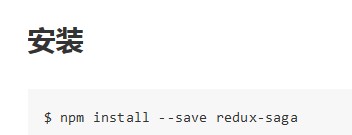
2, 第二步骤,我们来看下我们的界面

import React, { Component } from 'react'
import { connect } from 'react-redux';
class ReduxSagaHa extends Component {
constructor(props) {
super(props);
}
render() {
const { count, add } = this.props;
return (
<div>
<p>hello action {count}</p>
<button onClick={() => { this.go() }}>button</button>
</div>
)
}
go() {
this.props.add();
}
}
export default connect(state => ({ count: state.count }),
{
add: () => ({ type: 'add' })
}
)(ReduxSagaHa);
以上没啥,就是用connect 函数连接一下redux
import { createStore, applyMiddleware } from "redux";
import { combineReducers } from "redux"
import mySaga from './sagas'
import logger from "redux-logger"
import createSagaMiddleware from 'redux-saga'
const sagaMiddleware = createSagaMiddleware()
function UseReducer(state = { isLogin: false }, action) {
const type = action.type;
switch (type) {
case "login":
let newState = {
...state,
isLogin: true
}
return newState;
case "logout":
let newS = {
...state,
isLogin: false
}
return newS;
default:
return state;
}
}
function nameReducer(state = { "name": "action" }, action) {
const type = action.type;
switch (type) {
case "init":
let newState = {
...state,
name: "tiantian"
}
return newState;
default:
return state;
}
}
function CountReducer(state = 10, action) {
const type = action.type;
switch (type) {
case "add":
return state;
case "minus":
state--;
return state;
case "asyncAdd":
console.log(action);
state++;
return state;
case "setValue":
state += action.value;
return state;
default:
return state;
}
}
const store = createStore(combineReducers({
count: CountReducer,
name: nameReducer,
user: UseReducer
}), applyMiddleware(logger, sagaMiddleware));
sagaMiddleware.run(mySaga)
export default store;
sagas.js
import { call, put, takeEvery } from 'redux-saga/effects'
function asyncAdd(arg) {
return new Promise((resolve, reject) => {
setTimeout(() => {
resolve(arg + 10);
}, 1000);
});
}
function* addCount(action) {
try {
const value = yield call(asyncAdd, 0);
console.log("value=" + value);
yield put({ type: "setValue", value });
} catch (e) {
yield put({ type: "USER_FETCH_FAILED", message: e.message });
}
}
function* mySaga() {
yield takeEvery("add", addCount);
}
export default mySaga;
saga的原理非常简单,就是监听action 请求,一旦发现,就去执行我们的生成器函数
saga 配置
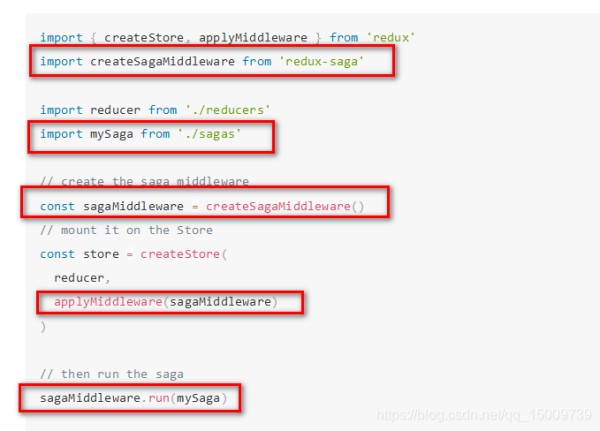
逻辑我给顺一下,毕竟是线性的
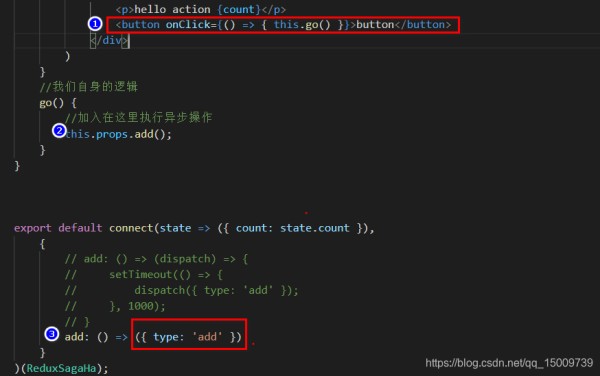
这个时候已经发送 请求了 dispatch({type:'add'})

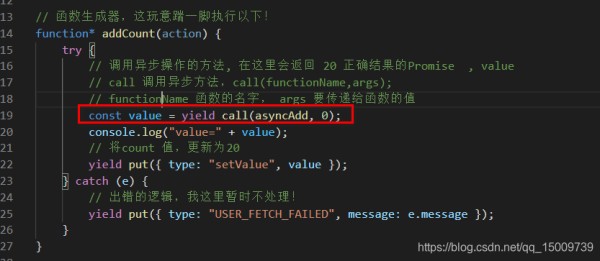
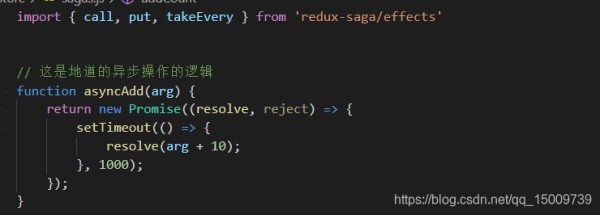
总之异步的操作都被抽取出来了,很是舒服,爱咋写咋写
行,初步就这些,我们回头继续, dva umi 都要搞定!
网址:react redux https://www.yuejiaxmz.com/news/view/960662
相关内容
使用Redux Toolkit打造任务清单应用实战指南React任务跟踪器:优化日常生活管理
轻松管理日常任务:React实现个性化的待办事项清单
掌握React,轻松管理日程:高效工作生活新技巧大揭秘
揭秘React助力下的数字游民生活:如何远程工作,自由翱翔?
推荐开源项目:Groceries
推荐一款高效能个人事务管理神器:Tomato Work
【React】React 生命周期完全指南
React Navigation 中文网
【react全家桶学习】react的 (新/旧) 生命周期(重点)

